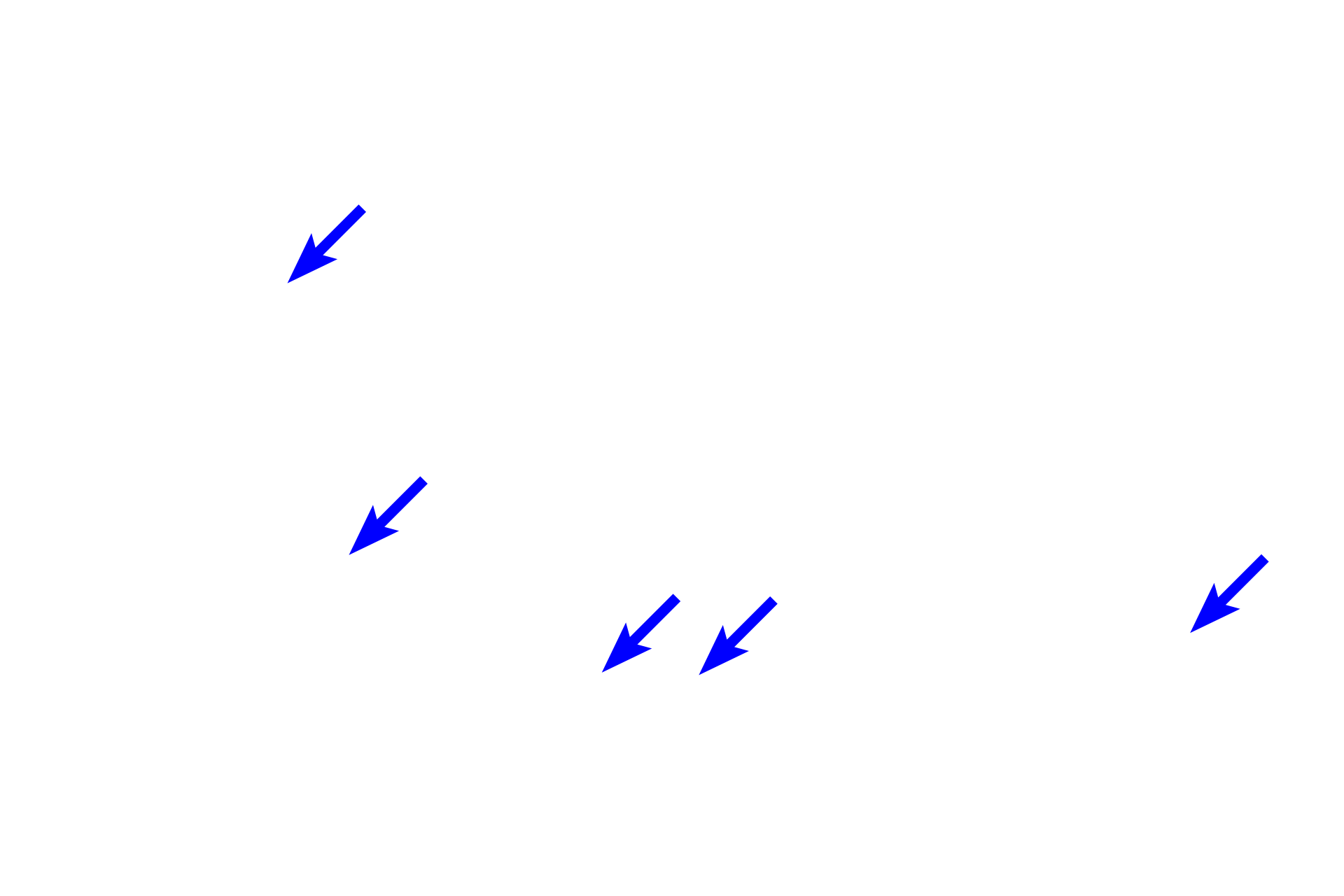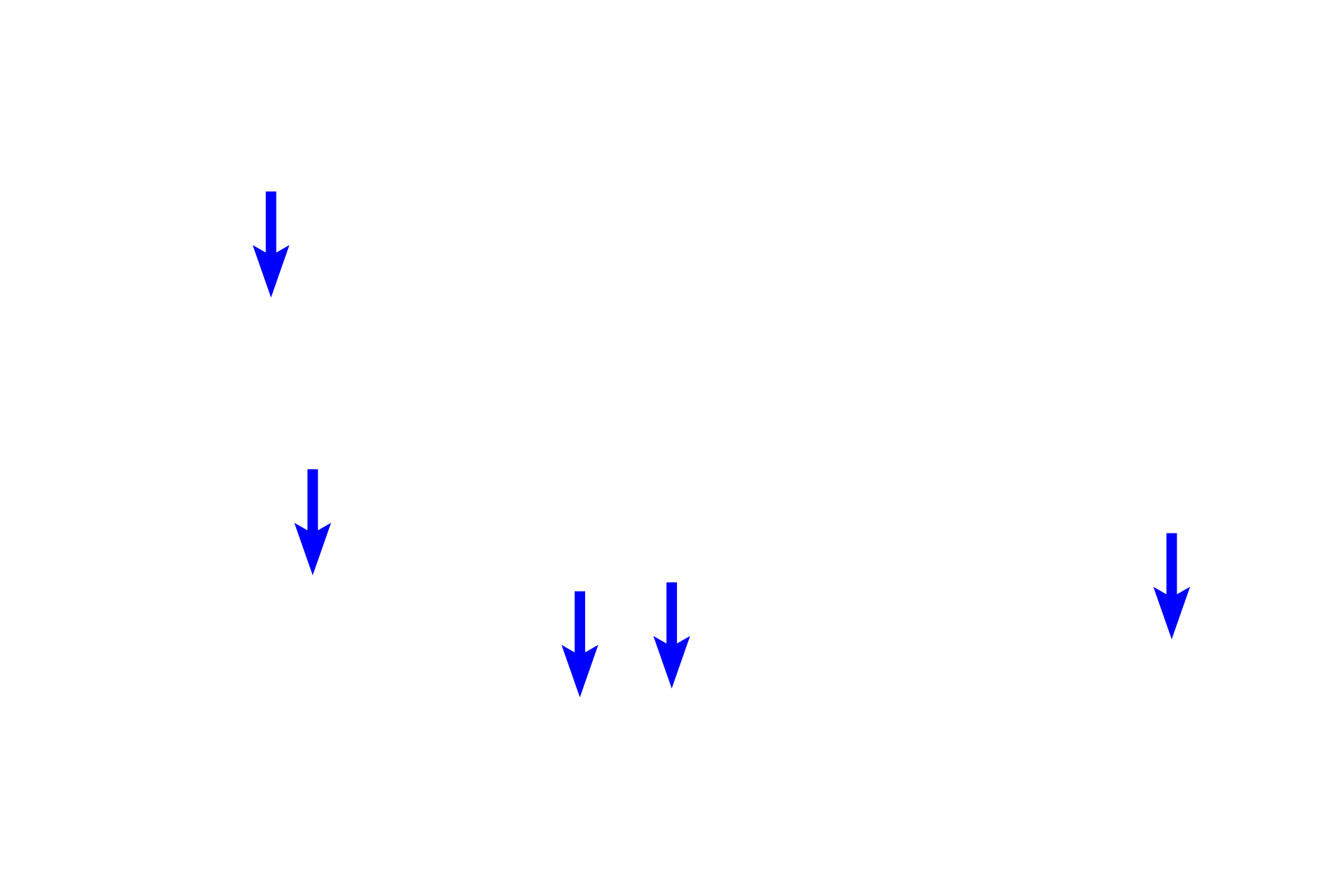
Cardiac muscle
Cardiac muscle fibers comprise the myocardium of the heart and extends into the attachments of the large veins. Cardiac muscle tissue, seen here in cross section, shows numerous fibers with centrally located nuclei and surrounding myofibrils. The presence of these myofibrils and the size of the muscle fiber distinguishes this muscle type from smooth muscle fibers which are smaller and lack myofibrils. 200x

Muscle fibers
Cardiac muscle fibers comprise the myocardium of the heart and extends into the attachments of the large veins. Cardiac muscle tissue, seen here in cross section, shows numerous fibers with centrally located nuclei and surrounding myofibrils. The presence of these myofibrils and the size of the muscle fiber distinguishes this muscle type from smooth muscle fibers which are smaller and lack myofibrils. 200x

Nuclei
Cardiac muscle fibers comprise the myocardium of the heart and extends into the attachments of the large veins. Cardiac muscle tissue, seen here in cross section, shows numerous fibers with centrally located nuclei and surrounding myofibrils. The presence of these myofibrils and the size of the muscle fiber distinguishes this muscle type from smooth muscle fibers which are smaller and lack myofibrils. 200x

Connective tissue
Cardiac muscle fibers comprise the myocardium of the heart and extends into the attachments of the large veins. Cardiac muscle tissue, seen here in cross section, shows numerous fibers with centrally located nuclei and surrounding myofibrils. The presence of these myofibrils and the size of the muscle fiber distinguishes this muscle type from smooth muscle fibers which are smaller and lack myofibrils. 200x

Blood vessels
Cardiac muscle fibers comprise the myocardium of the heart and extends into the attachments of the large veins. Cardiac muscle tissue, seen here in cross section, shows numerous fibers with centrally located nuclei and surrounding myofibrils. The presence of these myofibrils and the size of the muscle fiber distinguishes this muscle type from smooth muscle fibers which are smaller and lack myofibrils. 200x